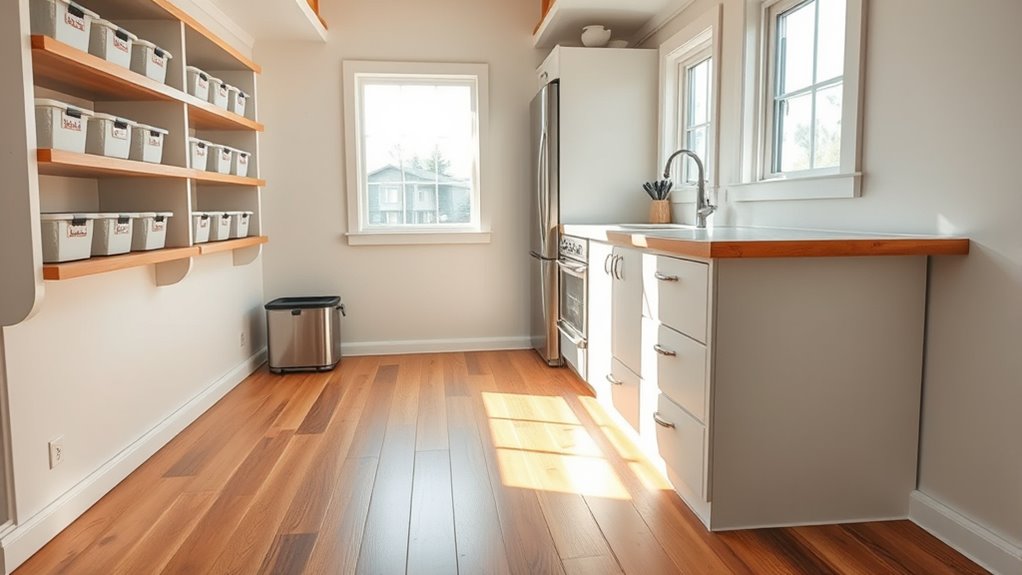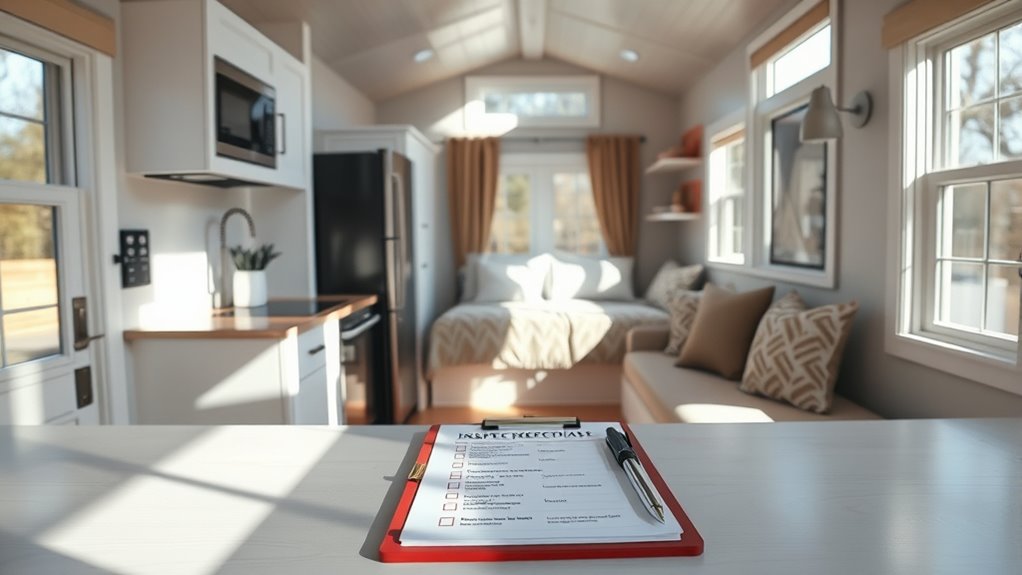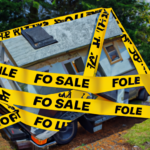Passing a tiny-house inspection on your first try is achievable if you approach it with careful preparation and attention to detail. Knowing what inspectors will look for and ensuring your build meets all local codes can make a significant difference. However, even with thorough planning, some unexpected issues might arise. To maximize your chances of success, it’s essential to understand the key steps involved and how to address potential pitfalls before the inspection day.
Key Takeaways
- Familiarize yourself with local building codes and ensure your tiny house meets all safety, electrical, plumbing, and structural standards.
- Develop a comprehensive inspection checklist and review all components thoroughly before inspection day.
- Conduct a mock inspection to identify and fix issues proactively, focusing on wiring, plumbing, insulation, and safety features.
- Keep all necessary documentation ready to demonstrate compliance and address any questions confidently during the review.
- Maintain a clean, organized environment and demonstrate your knowledge of regulations to build inspector confidence.

Passing a tiny-house inspection can seem formidable, but with proper preparation, you can breeze through it smoothly. The key is understanding what inspectors are looking for and guaranteeing your tiny home meets all necessary standards. This means thoroughly familiarizing yourself with local building codes, which set the minimum requirements for safety, structural integrity, and habitability. Ignoring these codes is a common pitfall that can lead to delays or even rejection during the inspection process. To avoid surprises, create a detailed inspection checklist that covers every aspect of your tiny house—plumbing, electrical, insulation, ventilation, and safety features. This checklist acts as your roadmap, guiding you through each step of the preparation process and helping you identify potential issues before the inspector arrives.
Start by reviewing your local building codes carefully. These regulations vary by jurisdiction but generally include standards for fire safety, electrical wiring, plumbing systems, and structural stability. Make sure your tiny house complies with all applicable codes, and don’t hesitate to reach out to local authorities if you’re unsure about specific requirements. Having documentation that demonstrates compliance can also be beneficial during the inspection. Next, go through your inspection checklist meticulously. Check all electrical wiring to ensure it’s properly installed, grounded, and up to code. Inspect plumbing connections for leaks, proper venting, and correct installation. Verify that your insulation meets R-value requirements, especially if you’re in a climate with extreme temperatures. Confirm that your smoke and carbon monoxide detectors are installed correctly and functioning. Vibrational alignment with safety standards is crucial for a successful inspection.
Pay special attention to safety features like fire extinguishers, emergency exits, and proper ventilation. Inspect your tiny house’s foundation or trailer hitch to confirm stability and secure attachment. Clean your interior and exterior thoroughly; clutter and dirt can give the impression of neglect, which might raise concerns during inspection. When everything is in order, do a mock inspection using your checklist. Walk through each item systematically, making adjustments as needed. It’s also wise to have someone else review your checklist and walk through with you, catching anything you might have missed.
Being proactive and detailed in your preparation shows inspectors that you’re committed to safety and compliance. When they arrive, present your documentation clearly and confidently. If you’ve done your homework—understood the building codes, checked off your inspection list, and corrected issues—you’ll likely pass on your first try. Remember, thorough preparation not only smooths the inspection process but also ensures your tiny house is safe and ready for everyday living.
Conclusion
By thoroughly preparing and ticking off every box on your checklist, you’ll navigate your tiny-house inspection with the confidence of a captain steering steady waters. Remember, attention to detail is your best friend—think of it as the secret ingredient that transforms a good inspection into a great one. Stay organized, confident, and proactive, and you’ll sail through your first try smoothly, proving that with the right prep, you’re unstoppable.
Hi, I’m Emma. I’m the Editor in Chief of Tiny House 43, a blog all about tiny houses. While tree houses are often associated with childhood, they can be the perfect adult retreat. They offer a cozy space to relax and unwind, surrounded by nature. And since they’re typically built on stilts or raised platforms, they offer stunning views that traditional homes simply can’t match. If you’re looking for a unique and romantic getaway, a tree house tiny house might just be the perfect option.















